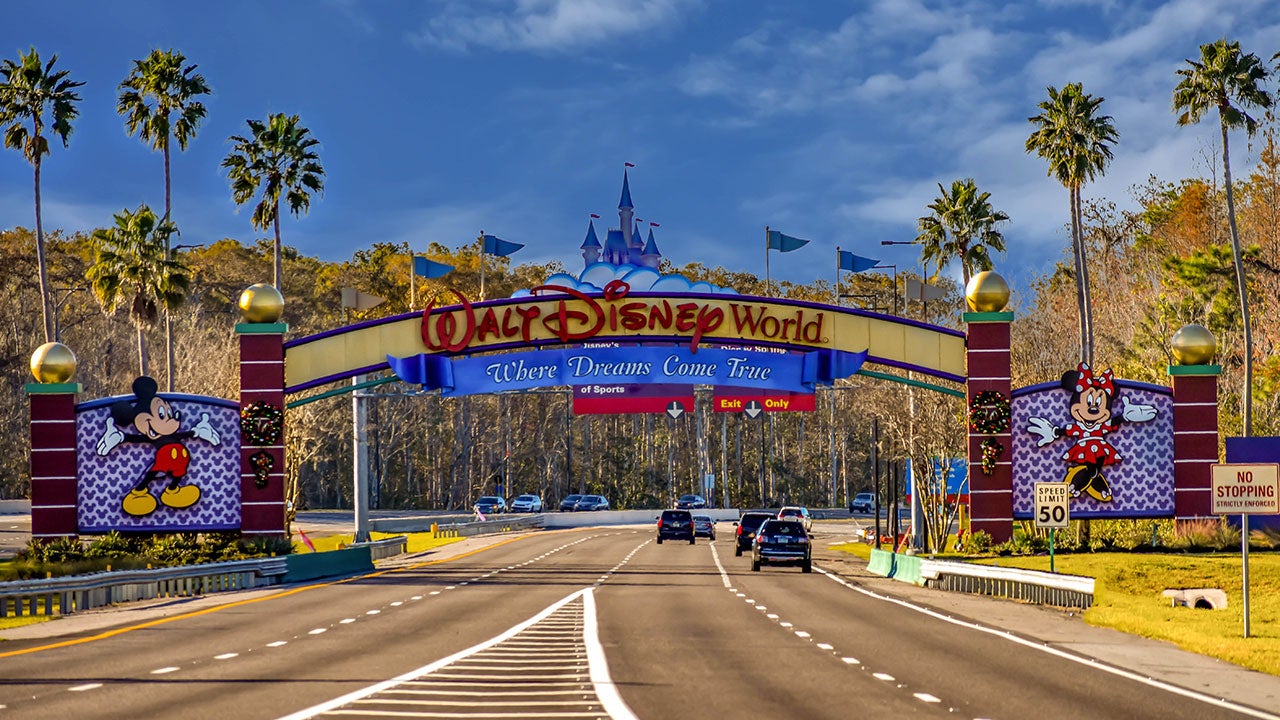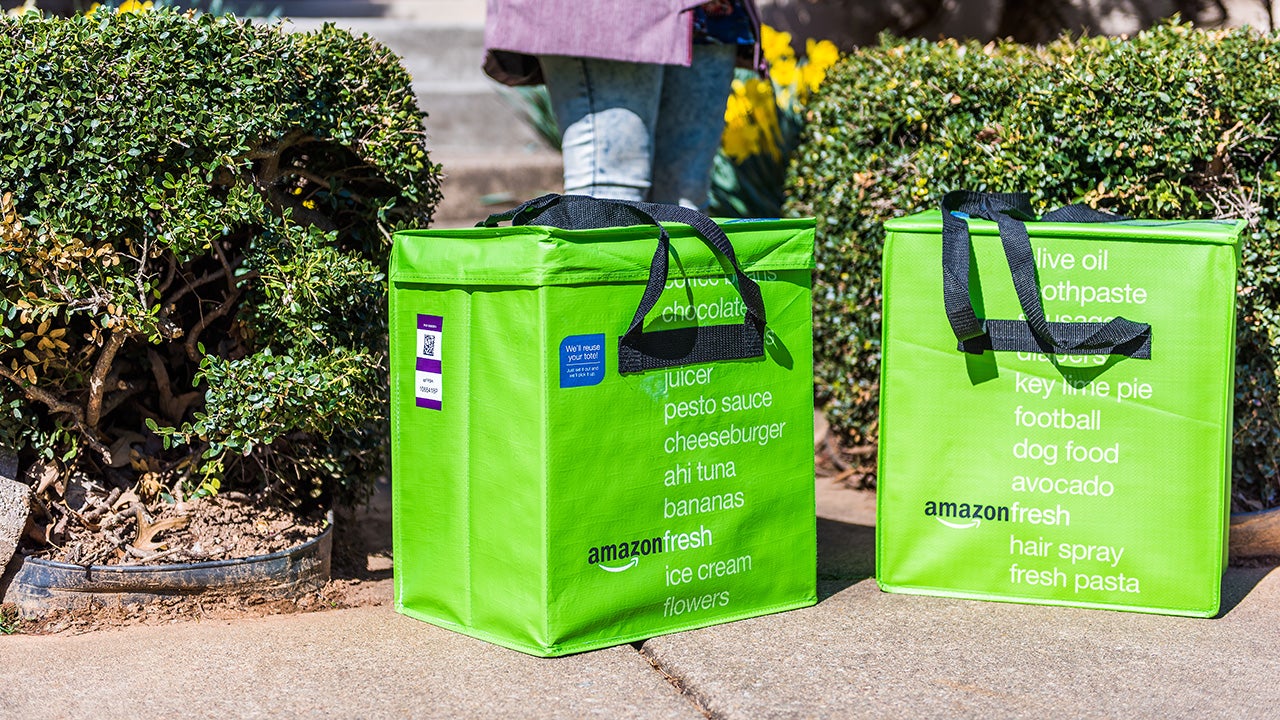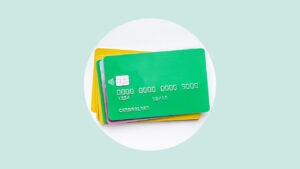Should I go with BNPL or credit card?



Key takeaways
- Buy Now, Pay Later is a popular way to shop online that allows you split payments into installments.
- While BNPL is convenient because applying doesn’t impact your credit score, it can encourage irresponsible spending habits.
- Unlike traditional credit cards, BNPL plans don’t disclose terms and conditions thoroughly. BNPL debt is also more difficult to dispute or negotiate.
- Sticking to credit cards for essential spending is still a good idea, because it’s easier to keep track of due dates and you can get rewards or cash back.
The Buy Now, Pay Later (BNPL) installment financing trend has been growing by leaps and bounds in recent years, primarily for clothing, electronics and furniture. It’s also a way to make buying travel tickets or the occasional luxury item more accessible.
But the use of BNPL for everyday spending is growing fast. According to an in-depth 2021 report by the Consumer Financial Protection Bureau, the share of such essentials accounted for $229.2 million, or 0.9 percent, of BNPL sales that year. That’s an increase of 434 percent from the previous year. Consumers – especially Millennials and Gen Z – are turning to BNPL more and more to pay for everyday expenses like groceries and gas.
With buy now, pay later financing options everywhere you look, a trend is growing to use BNPL to cover essentials such as groceries, gas and utilities. You, too, may be wondering: Should you ditch your credit cards and use BNPL to cover your everyday spending?
What is BNPL?
Buy now, pay later – also known as BNPL – is a type of short-term financing that allows consumers to make purchases and pay for them over time. Typically, BNPL offers a four-installment payment plan. You would pay the first installment as a down payment when you make your purchase. The other three installments would be due thereafter, in two, four and six weeks. Common lenders include Klarna, Affirm, Afterpay, Zip and PayPal.
For example, let’s say you’re in the market for a new pair of headphones. You choose a pair that costs $200, and you’re offered the option of a BNPL loan at checkout. Most BNPL lenders require 25 percent down payment, so you’ll be required to pay $50 upfront. The remaining $150 will be due in installments, and a schedule should be provided to you when you agree to the BNPL plan.
While the financing is marketed as interest-free to consumers (BNPL lenders’ major source of income is from merchants who use this financing source to increase their sales), the lenders assess late fees when you miss a payment. According to a 2022 study by CFPB, 10.5 percent of consumers were charged at least one late fee in 2021.
BNPL apps facilitate dark patterns
BNPL regulation is still in early stages and federal regulatory authorities such as the CFPB and the Federal Trade Commission, along with some state regulators, have only recently started taking note of this niche.
“We want competition to be based on product quality, customer service, and pricing, not regulatory arbitrage,” wrote CFPB director Rohit Chopra in a blog post.
The FTC warns of dark patterns employed by BNPL lenders to gather consumer data, and then use it to nudge them into buying more. “Companies that focus too much on conversion risk hiding or obscuring material information from consumers,” says the FTC, “whether by requiring users to navigate a maze of screens, using non-descript dropdowns or small icons, or burying information in dense terms of service documents.”
In other words, BNPL lenders could be collecting data when you make a purchase, and that data could then be used to show you ads for similar products in order to encourage you to spend more.
BNPL debt vs. credit card debt
Another knock against the BNPL model is that, unlike credit card financing, there are no clear disclosures about loan terms. The FTC notes that any claim made by a BNPL lender should apply to the “typical consumer,” and not just to a subset of consumers. “Money is material,” according to the FTC. “Misrepresentations regarding the cost of a product or the terms of the transaction, including associated fees, are deceptive and violate the FTC Act.”
One more shortcoming of BNPL is that it’s difficult to file for a dispute in case a consumer is not satisfied with their purchase, whereas credit card borrowers have a well-established dispute process, thanks to the Fair Credit Billing Act.
The FTC warns that both the merchant and the BNPL lender involved in a transaction can be held liable when consumers are deceived or otherwise unfairly treated.
And due to BNPL financing’s lack of robust underwriting, consumers could take on multiple loans and overextend themselves, making it difficult to keep up with their other financial commitments. Credit card lenders, on the other hand, look into the big picture of a consumer’s overall financial commitments before approving them for credit.
Other concerns include that consumers could pay off their BNPL purchases using credit cards, which would effectively be using one form of credit to pay off another, which could also overextend them financially. And BNPL lenders’ practice of initially setting up loan repayments as an autopay by default (consumers can later usually change their payment method) would be a violation of the Electronic Funds Transfer Act (which says consumers should have a choice of payment methods in repaying debt).
While getting approved for a credit card can feel daunting compared to the ease of BNPL application, credit card lenders are considering your overall financial commitments – which stops bills from piling up and getting out of control.
Credit impact of BNPL
On the credit score front, there are clearly defined rules for credit card lenders to report your activity to the national credit reporting agencies (Equifax, TransUnion and Experian). When you make your payments on time and otherwise maintain good credit habits, there tends to be a positive impact on your credit score. And there are negative fallouts if you miss a payment.
When you use BNPL financing however, the CFPB finds that few of these lenders provide your input to the credit reporting agencies, particularly if you are not delinquent. While the major credit reporting agencies have reported on their plans to incorporate BNPL data, the consumer protection agency is concerned that their plans vary.
For instance, one credit reporting agency is allowing lenders to provide payment data in a format they choose. And others plan to keep BNPL input in “specialty files” that are separate from their core files. “This inconsistent treatment will limit the potential benefits of furnished BNPL data to consumers and the credit reporting system,” according to the CFPB.
What happens if you rely on BNPL for essentials?
Why do some choose BNPL over credit cards? One major benefit of BNPL is its ease of access if you need credit in a hurry. Maybe that’s why consumers have been turning to it to buy even essentials.
It’s certainly not a good idea to use BNPL for essentials like gas and groceries that you will consume before you finish paying for them, says Ed Mierzwinski, senior director of Federal Consumer Program with the consumer advocacy U.S. Public Interest Research Group.
“You will be out of food and unable to travel while you owe greater and greater debts. If you’ve started using BNPL for necessities, you need a new budgeting plan as you cannot win.”
— Ed MierzwinskiSenior director, Federal Consumer Program with the consumer advocacy U.S. Public Interest Research Group
He sees credit cards as always a better choice — for all sorts of purchases. “If you can avoid running up credit card debt, credit cards have the best consumer protections,” says Mierzwinski.
In addition to consumer protections, credit cards also offer other incentives that BNPL doesn’t. Some of the best credit cards for groceries or gas, for instance, offer cash back, so you can get rewarded for those everyday expenses that you would be paying anyway.
The bottom line
So, should you go with BNPL or credit cards? If you want to be safe in the long run, experts agree, your best bet is to stick with cards, at least for now. Credit cards offer protections that BNPL financing doesn’t provide currently.
While regulators such as the CFPB and FTC are taking steps toward regulating this space, there is still a long way to go before BNPL consumers enjoy the robust protections offered by credit cards.
Cash-strapped consumers should be cautious and not rush into BNPL financing just because it is easy to access. If you have complaints about your BNPL financing, you should contact the CFPB or the FTC. Your state might also have a consumer protection agency you could turn to.





